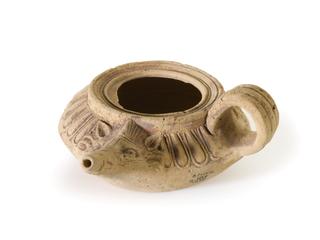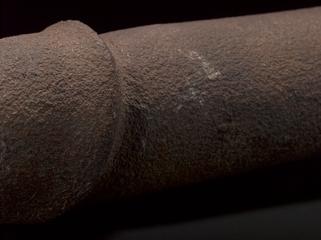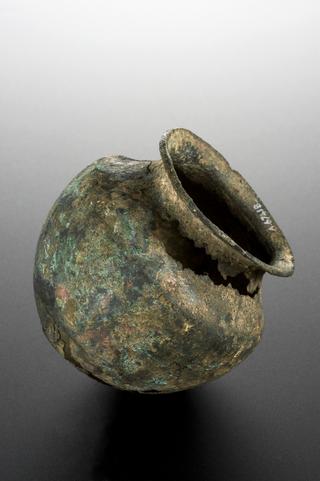
Statue representing the Dance of Death, probably English, 1801-1850








Plaster statue depicting 2 skeletons with pipe and drum, Death Calling the Dance, one of a set of 37 statues, representing the Dance of Death, probably English, early to mid 19th century
Two skeletons with pipe and drum are depicted by this moulded plaster statue, thought to be of English origin. They are standing in front of a charnel house, stuffed full of skulls. The skeletons are in a scene called ‘Death Calling the Dance.’ It is one of a set of 37 statues representing the dance in which death summons reluctant mortal revellers to join his dance. The story of Death Calling the Dance is reputedly of German origin. The imagery arose in the 1400s when Europe was ravaged by the Black Death and other outbreaks of plague. It was made famous throughout Europe by copperplate engravings, particularly during the 1600s when plague returned in force.
The statue is also acts as a ‘memento mori’, literally a reminder of the shortness of life and the inevitability of death. The use of the dance of death and the skeleton to represent mortality was later replaced by the simpler image of the skull.
Details
- Category:
- Classical & Medieval Medicine
- Collection:
- Sir Henry Wellcome's Museum Collection
- Object Number:
- A654860 Pt2
- Materials:
- plaster
- Measurements:
-
overall: 135 mm x 110 mm x 40 mm, .16 mm,




